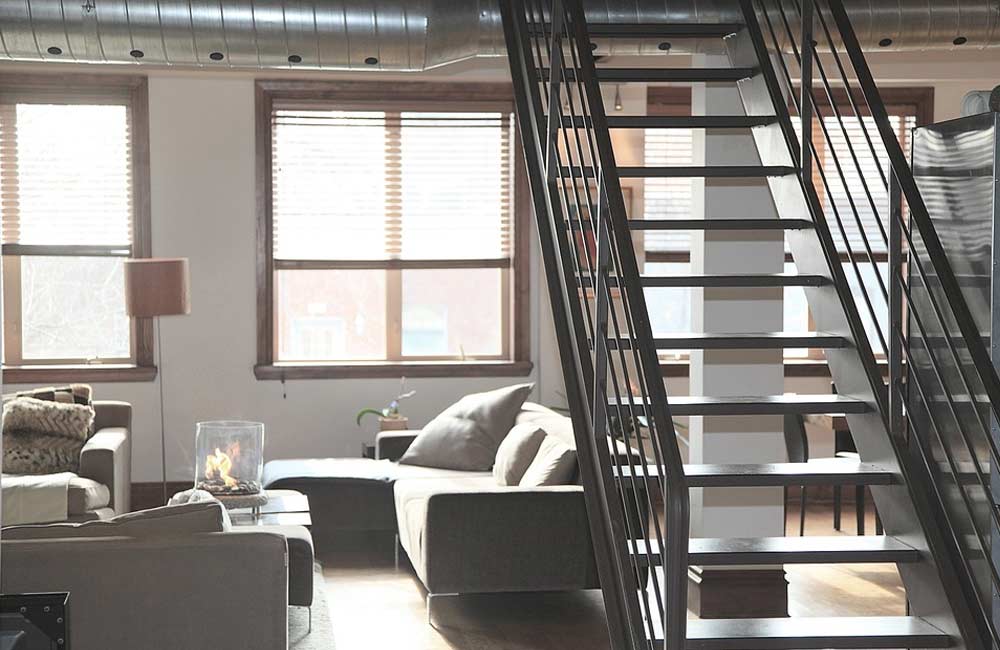Do you live in an apartment or small laneway home? It is possible to learn how you can decorate such a tiny space without too much clutter going on? You might feel like decorating small spaces is nothing short of mission impossible. You probably want to put in just as much as you can, but you don’t want a room to feel cramped. You’d like a room to have a lot of personality, but it’s too easy for it to get chaotic. However, it is actually possible to enjoy a small space which is just as stylish as a sprawling space, and possibly even more so. Whether you live in a studio apartment for necessity or just embrace frugality and minimalism as a lifestyle, it’s not necessary to sacrifice on style. Keep reading into the following paragraphs to learn a few things about decorating a petite dwelling so that you can handle putting together your own small space.

Laneway Housing
#1. Keep Your Floors Clear
You have to space for your essentials, but even when a small room is decorated to perfection, it won’t work if you’re not able to physically walk into it. Go vertical with floating pieces like nightstands and shelves so that you can keep your floors clear of obstacles, creating space for additional storage underneath if you need it. Skip floor lamps in favor of wall lights and sconces.
#2. Look For Folding Pieces
You might need both a dining room table and a desk, but do you need both of them around the clock, every day of the week? Think about installing furnishings that might fold up when you’re not using them. You can free up floor space while avoiding stacks of work and mail that typically wind up piling up on such surfaces. If your kitchen is only on one wall, then folding doors might conceal your clutter when space is not in use.
#3. Emphasize Lighting
Small spaces frequently wind up feeling like they’re really dark, given the lack of windows or just having small ones. You can make up for a lack of natural light by putting in plenty of your own light sources in each room, from the bathroom to the living room. Put together a combination of table lamps and sconces with striking ceiling fixtures, such as an elegant flush mount or pretty pendant, based on your ceiling height. It should all add up to a bright, cozy atmosphere.
#4. Make Friends With Mirrors
If you aren’t blessed with a lot of natural light, then mirrors might just be what you need to maximize what you’ve got by reflecting it all around the room. Mirrors also help spaces feel bigger, which gives you an illusion of just a few more square feet than you’ve really got. Consider lining one wall with a big mirror, or even assemble a gallery wall featuring different shapes and sizes.
#5. Pick A Good Rug
A rug is certainly one thing you can’t skimp on in terms of size. Laying down a tiny rug can make a room feel even smaller than it already is. Choose a floor covering which is big enough that most of your furniture will sit on it, or just get something that goes wall-to-wall.
#6. Don’t Fear Going Bold
Your small space doesn’t need to be a blank box. Embrace the size of your living space by going bold with color. Darker shades of paint on your ceiling and walls can help your space feel more like a jewel box.
#7. Be Cohesive
A small space is only going to have so many things to look at, so be sure that they all fit. Be consistent with your color palette, be it dramatically dark or airy and light. Use an editor’s eye to look at items, so that you can be sure which pieces really fit and keep your space from getting cluttered.
#8. Identify Pieces That Earn Their Space
You can maximize your space by getting furnishings which also feature storage. Choose a bed that has built-in drawers; opt for ottomans and benches that have spaces for hiding away sweaters and blankets. In a tight space, each piece has to carry its weight. For instance, you might find a daybed that serves as both sofa and guest bed.
#9. Give Pieces Breathing Room
If you don’t want your small space to feel choked, don’t press furniture up against your walls and tuck it in so tightly together that things are virtually stacked on top of each other. If you can, pull your furnishings away from walls, and give pieces some space between each other. You might have to rid yourself of anything which you don’t use daily, such as accent chairs or side tables.
#10. Play Around With Scale
Just because you don’t have a big space doesn’t mean you have to use pint-sized decor and furniture. The trick is picking a number of statement pieces that can draw the eye’s attention of anyone walking in. Large-scale art and traditionally sized furniture are still fine. You just have to make sure you don’t use so many pieces.




